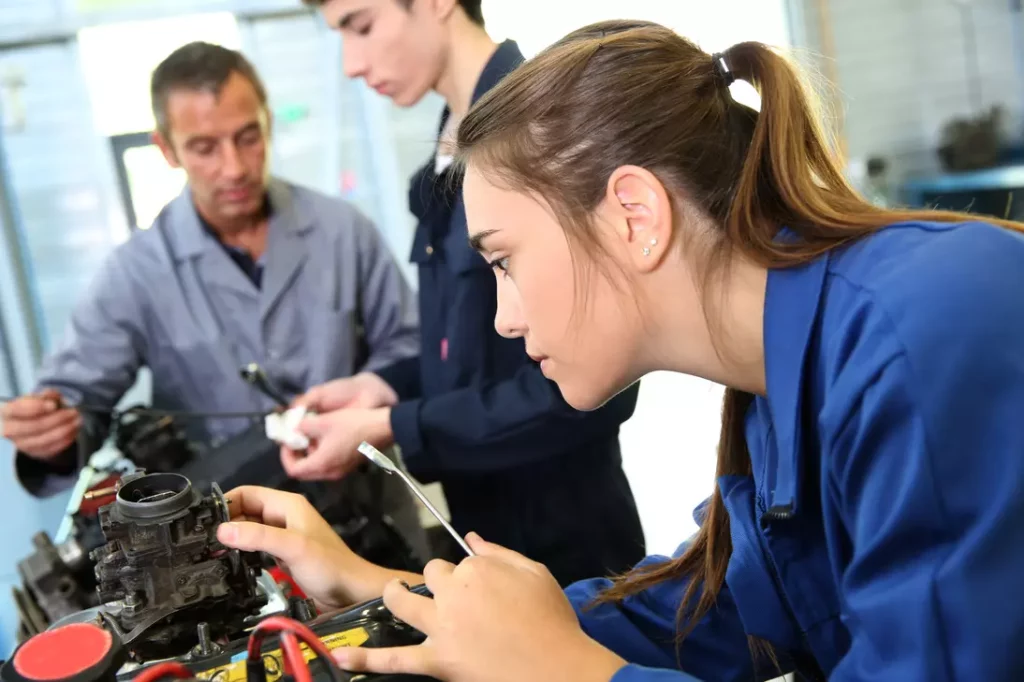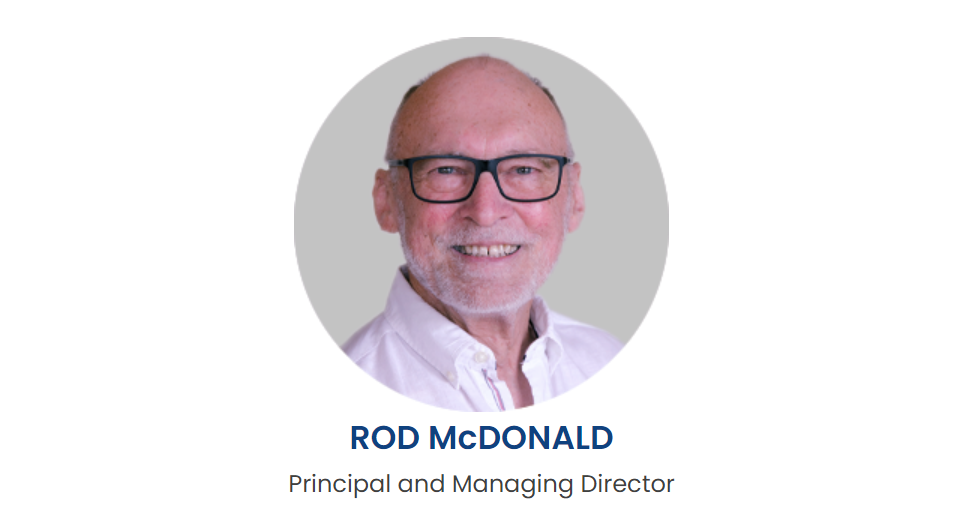This long-awaited report is the culmination of a story VDC News has been covering for a little while now. First highlighted in the discussion paper and then the interim report the Accord process produced. Most recently, the Accord and its outcomes was cited as one of the big news stories for 2024, noting particularly the issues of greater tertiary integration, pathways and seamlessness.
There has been a lot of press about the report so far and in particular its focus on universities. (Just Google Universities Accord, the major newspapers and maybe also take a look at what has been written in places like the education section of The Conversation and Future Campus.) But what does the report have to say about the broader tertiary sector, and VET in particular: a sector which Wheelahan and her colleagues characterised back in 2012 as shaken not stirred?
A quick overview
The Accord’s summary report (and the final report of course) set some ambitious targets, including a tertiary attainment target of 80% and increasing the proportion of university educated Australians aged 25 to 34 from 45% to 55%, with both targets to be met by 2050. It also focuses on equity issues, including “by 2050, those groups most under-represented in higher education should increase to achieve parity across the Australian population.” This means taking a hard look at study options in rural and regional Australia as well as for particular equity groups.
In terms of greater seamlessness, the summary report talks about new qualifications and better pathways. This will be done, the report suggests, by such initiatives as:
- Providing the qualifications people want and need and putting students at the centre of things
- Developing new and more flexible and efficient ways for individuals to attain the skills they need through more modular, stackable and transferable qualifications (including micro credentials) that address Australia’s emerging skill needs
- Developing a range of enabling preparatory courses that are fee-free, and
- “Encouraging more cross-provision of VET by higher education providers, and vice versa, such that dual sector provision becomes commonplace.”
After all, a range of regulatory, institutional, administrative and cultural issues have all contributed to stifling collaborative momentum and movement within and between VET and Higher Education institutions. It may also mean reshaping what tertiary providers do and how they work.
Thus, and importantly, the report found that:
institutions need to innovate and evolve in type, diversity, size and number over the coming decades to meet the changing needs of our students and economy. Achieving this greater level of institutional innovation and diversity would require long‑term planning, system-wide collaboration and proactive intervention by governments to reduce barriers to evolution and change, and to unlock the innovation potential within the [tertiary] sector.
There are a range of other initiatives too, including a better funding model. The report makes 47 recommendations, including the establishment of the “Australian Tertiary Education Commission as a statutory, national body to plan and oversee the creation of a high quality and cohesive tertiary education system to meet Australia’s future needs.” This will be a valuable initiative.
But what about VET in the Accord report?
VET gets 145 mentions in the final report (TAFE also gets just over 100). It sees growth in higher education needing to be paired with similar growth in VET, “which will be an essential part of Australia’s skills mix into the future. “Thus, the Review focuses on tertiary education, seeing higher education and VET as 2 important parts of the same system, each bringing different strengths” and working more closely together.
It sees TAFE at the heart of VET, which is in line with other current rhetoric and also looks to “explore pathways for selected TAFEs to become self-accrediting in VET at the Australian Qualification Framework (AQF) Level 5 and above in areas of national priority, starting with areas such as net zero emissions, care and digitisation.”
Understanding pathways and how they are used is one issue we will need to think more about in seeking seamlessness
On a slightly different tack, and historically, there has been a tendency to pay most of the attention to the ‘onward and upward’ pathways (e.g. VET to HE) as well as ‘cross pathways’ which can help to diversify the skills and knowledge base and maintain employability. One pathway that may be overlooked more than it should be is the one from HE to VET.
Roger Harris and his colleagues looked at the phenomenon of the two way traffic between the two major elements of tertiary ed. back in 2005 and some of their research suggested that this pathway was actually bigger than the VET to HE one. This is an issue that, it seems, has not been looked at much, if at all, since – although David Curtis did produce an ‘At a glance’ publication summarising a lot of the available research some time ago. You can access that one here.
Roll on the more extensive data that will ultimately be derived from the Unique Student Identifier (USI) which will help tell us how pathways are working and their nature, relative sizes and directions.








